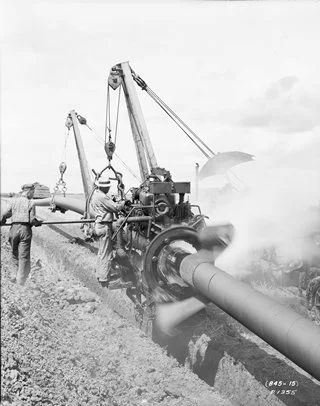Editorial: The Medicine Hat Advantage—Frozen in Time
When the City of Medicine Hat released its November natural gas rate—$2.647 per gigajoule, up sharply from $1.004 the month before—the community’s reaction was instant, emotional, and politically charged. The online discussion that followed revealed more than frustration over rising costs; it showed a city at odds with its own mythology.
For generations, “The Medicine Hat Advantage” meant affordable energy and civic independence—a city that owned its utilities, produced its own gas, and shared the profits with residents. But that slogan has started to feel like an artifact. As one commenter put it bluntly: “Medicine Hat advantage has long been left in the rearview mirror.”
Residents voiced real fear. Some said they’ll keep thermostats down to unbearable levels to afford the winter. Others worry about seniors freezing in their homes. Even those with alternative heat sources, like wood stoves, acknowledged how bleak the situation feels for everyone else.
What could have been a simple discussion about commodity prices turned into a proxy war over politics. One commenter blamed “liberal/NDP Medicine Hat” for the rising rate—only to be met with a storm of corrections pointing out that municipal politics isn’t partisan, that the city’s council is largely conservative, and that the UCP government removed rate caps on electricity and insurance. Others noted that Medicine Hat buys gas on the open market, meaning prices are tied to provincial and global factors, not just city hall’s decisions.
Still, that doesn’t absolve local leaders of accountability. If Medicine Hat owns gas wells—as several residents who worked in the industry recalled—why does the city “purchase” gas on the open market? Why aren’t local production and storage insulating residents from these wild swings? Transparency is needed on how the “weighted average cost” is calculated, and whether the city is selling locally produced gas to outside buyers while residents pay market rates. That’s not an “advantage”—it’s an inversion of one.
The real tragedy is that community frustration is being directed laterally—citizens sniping at one another online—rather than upward toward the institutions that have allowed this situation to unfold. Between deregulation, municipal restructuring, and a lack of clear public communication, people are left in the dark about what their city’s supposed ownership of utilities really means.
Medicine Hat once stood out as a model of civic self-reliance. Today, as winter approaches and gas bills climb, that legacy is flickering. The city owes its residents answers—not talking points.
If the “Medicine Hat Advantage” still exists, it’s time to prove it.


